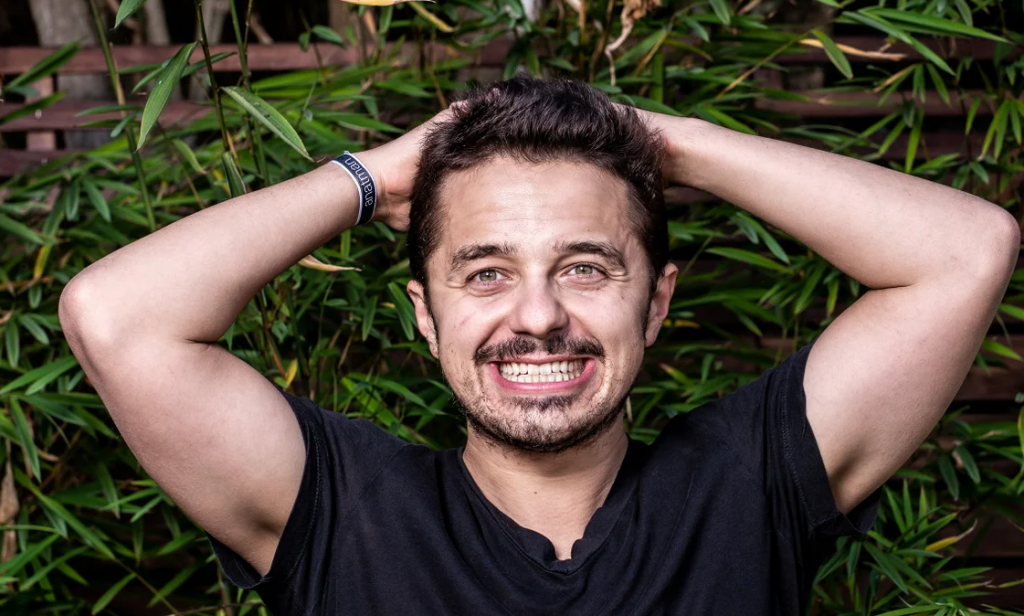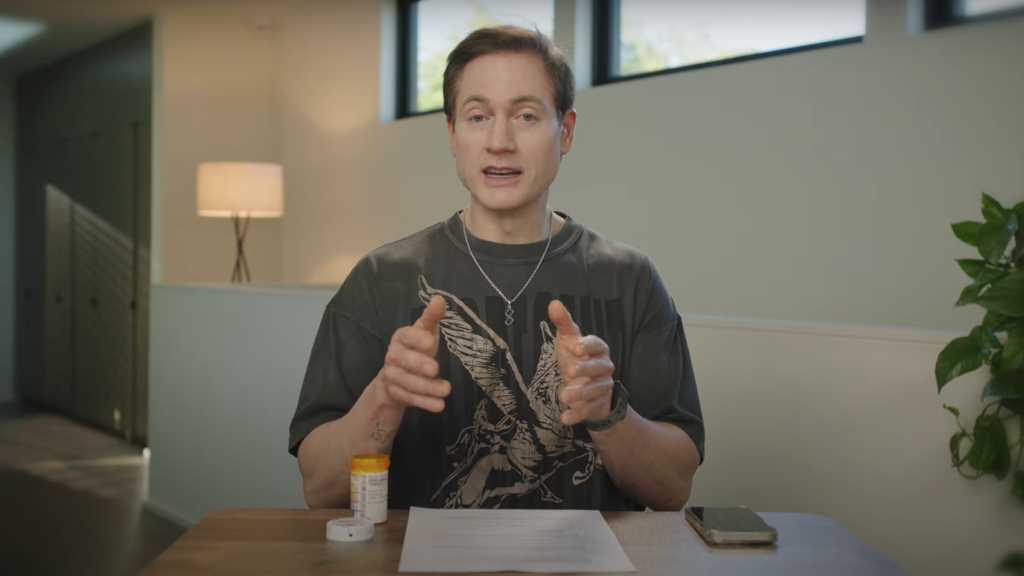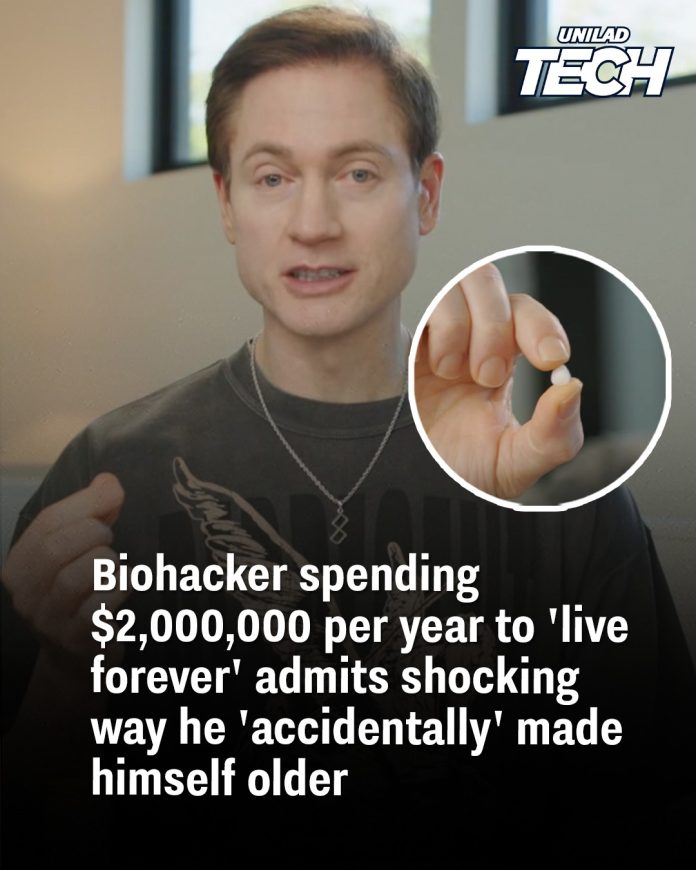Bryan Johnson, a 47-year-old tech entrepreneur and self-proclaimed biohacker, has garnered significant attention for his ambitious and unconventional efforts to reverse the aging process and extend his lifespan. Investing over $2 million annually, Johnson collaborates with a team of more than 30 medical experts to implement a regimen aimed at rejuvenating his body and achieving what some might consider the fountain of youth. His methods include consuming 54 daily supplements, adhering to a strict vegan diet, engaging in rigorous exercise routines, and undergoing experimental treatments such as plasma transfusions from his teenage son.

In his pursuit of longevity, Johnson explored the use of Rapamycin, an immunosuppressant traditionally employed to prevent organ rejection in transplant patients. In 2009, studies suggested that Rapamycin could extend the lifespan of mice by up to 14%, sparking interest in its potential anti-aging properties for humans. The drug functions by inhibiting the mechanistic target of rapamycin complex 1 (mTORC1), a protein associated with various age-related diseases. The hypothesis was that suppressing mTORC1 could reduce biological age, slow aging, and improve organ health markers.
However, the administration of Rapamycin is a delicate balancing act. While low doses target mTORC1, higher doses can inadvertently affect mTORC2, leading to undesirable side effects such as suppression of natural cancer-fighting cells, disruptions in blood glucose levels, insulin resistance, and cholesterol imbalances. Aware of these risks, Johnson and his medical team meticulously experimented with various dosing schedules, closely monitoring the drug’s presence in his bloodstream to determine the optimal dosage.
Despite these precautions, Johnson began experiencing several adverse effects. He reported frequent canker sores, delayed wound healing, spikes in blood glucose levels, and, most notably, an increased resting heart rate—a critical biomarker he uses to assess sleep quality and overall health. These symptoms persisted over an extended period, yet Johnson continued the regimen, hoping the long-term benefits would outweigh the immediate drawbacks.
The turning point came when new research indicated that Rapamycin might accelerate aging in humans across 16 epigenetic clocks. This revelation was both alarming and ironic for Johnson, whose primary goal was to decelerate the aging process. Acknowledging the gravity of these findings, he decided to discontinue the use of Rapamycin. Reflecting on this development, Johnson remarked on the importance of embracing both positive and negative outcomes in scientific experimentation, viewing setbacks as opportunities for learning and growth.
Johnson’s journey underscores the complexities and potential pitfalls of biohacking and self-experimentation. While the allure of discovering a panacea for aging is compelling, his experience with Rapamycin highlights the necessity for rigorous scientific validation and caution when exploring unproven treatments. The human body’s intricate systems mean that interventions can have unintended consequences, emphasizing the importance of evidence-based approaches in the quest for longevity.
Beyond his experimentation with Rapamycin, Johnson’s broader anti-aging regimen, known as “Project Blueprint,” encompasses a comprehensive lifestyle overhaul. This includes a meticulously planned diet devoid of processed foods, a consistent sleep schedule, and regular physical activity tailored to promote optimal health. He also employs advanced medical technologies to monitor various biomarkers, ensuring that each aspect of his health is under constant surveillance.

Despite facing criticism and skepticism from some medical professionals and the public, Johnson remains steadfast in his mission. He views his body as a continuous experiment, aiming to contribute valuable data to the scientific community and inspire others to take proactive steps toward health and longevity. His transparency in sharing both successes and failures provides a candid look into the realities of biohacking and the ongoing search for methods to extend human life.
In conclusion, Bryan Johnson’s experience with Rapamycin serves as a cautionary tale about the complexities of self-experimentation in the realm of anti-aging. While the pursuit of extended youth and vitality is an age-old endeavor, it is imperative to approach such quests with scientific rigor, ethical considerations, and an awareness of the potential risks involved. Johnson’s journey highlights the delicate balance between innovation and safety, reminding us that the path to longevity is fraught with challenges that require careful navigation.

















